
The film “Pulp Fiction” became one of the most influential and unique cinematic works of the late 20th century.
Combining elements of black humor, violence, dialogue with bright piquancy and an unpredictable plot, the film gained cult status and received recognition from both critics and audiences.


30
70
120
180
The film “Pulp Fiction” became one of the most influential and unique cinematic works of the late 20th century.
Combining elements of black humor, violence, dialogue with bright piquancy and an unpredictable plot, the film gained cult status and received recognition from both critics and audiences.


30
70
120
180
chapter I
30
70
120
180
Quentin Tarantino noted that, in his opinion, a good story should have a beginning, a plot point, and a conclusion .
But not necessarily in this sequence.
30
70
120
180
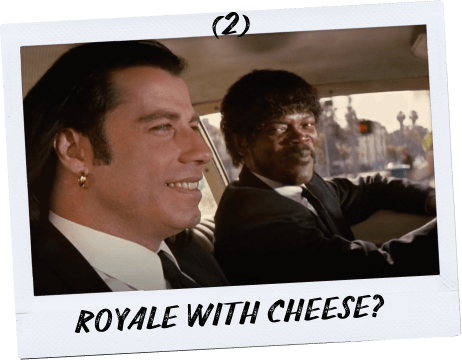
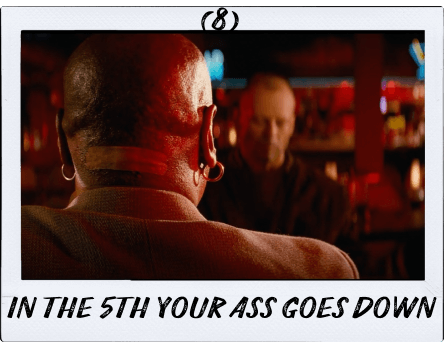
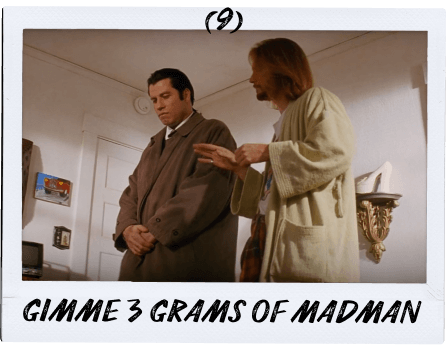
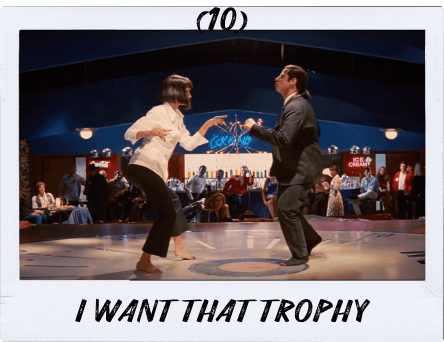
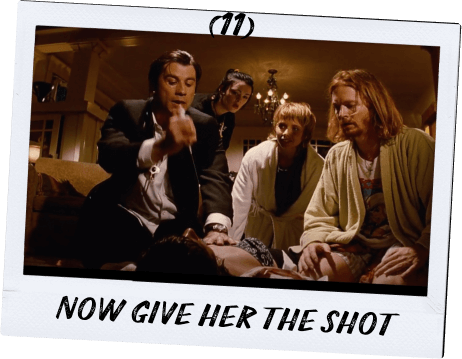
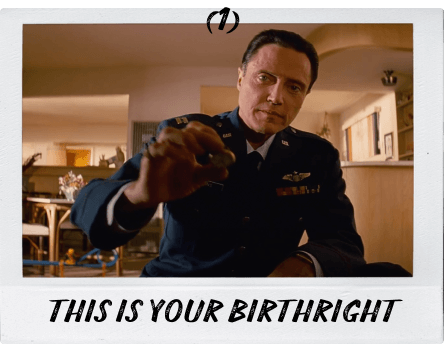
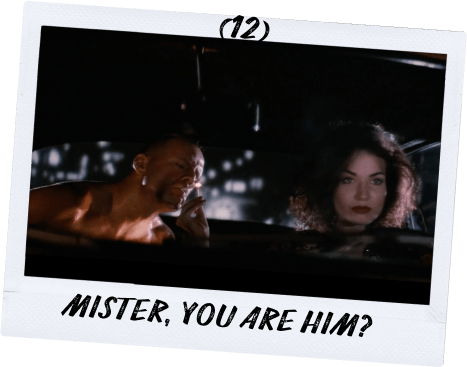
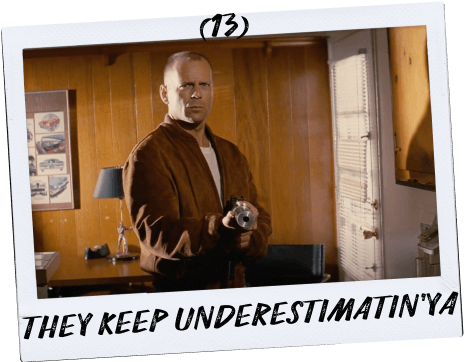
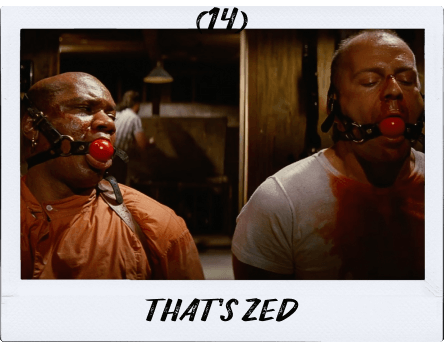
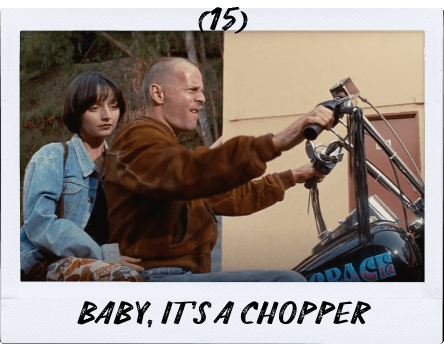
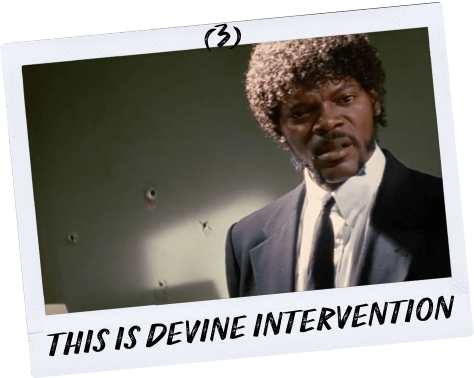

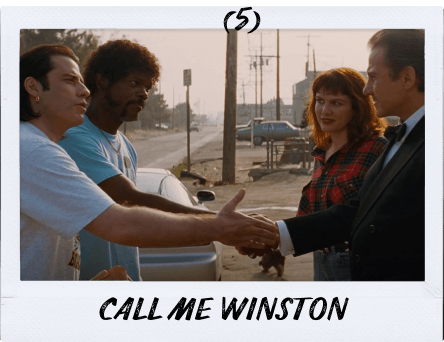
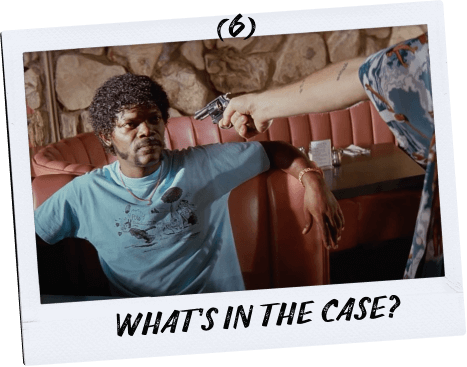
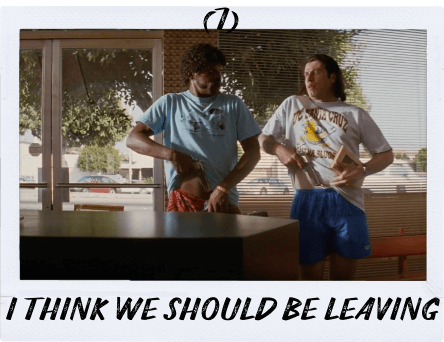
and now in tarantino order
how would the scenes look like in chronological order
30
70
120
180
how would the scenes look like in chronological order
swipe right
30
70
120
180











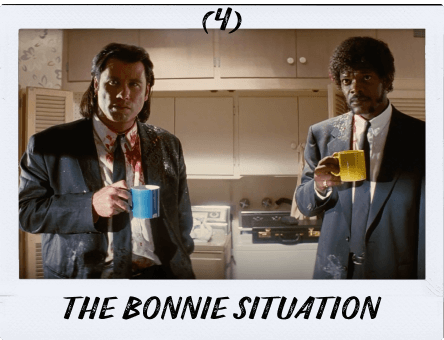


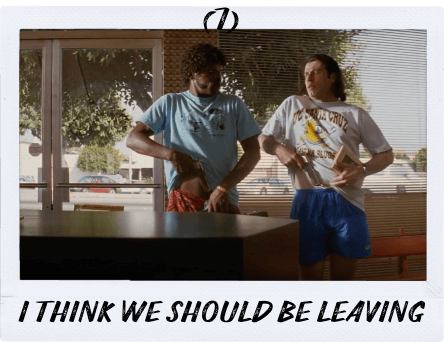
30
70
120
180
and now in tarantino order
swipe right
30
70
120
180















30
70
120
180
What does a non-linear narrative give?
If "Pulp Fiction" was told in chronological order, it would definitely lose its attractive elusiveness and mystery. This technique is not here only to create a specific mood but also for a reason. However the story itself is so fascinating that you don’t even think about it.
Non-linear narrative focuses on character development.
I
III
IV
II
The film has no "end". The events are simply a manifestation of the lives of the criminals. Tarantino divided the film into parts to give a microscopic look at the psychology of the characters, juxtaposed with specific circumstances and events.
30
70
120
180
interesting fact
Prologue — Diner
Pumpkin and honey bunny discuss robbery
Pumpkin and honey bunny discuss robbery
Epilogue — Diner confrontation between robbers and Jules
The film begins and ends in a diner, but from different points of view.
it's called bookends
Bookends is a storytelling technique that helps make a story more memorable and convincing. It consists in starting and ending the story with the same element, thus creating a closure effect.
30
70
120
180






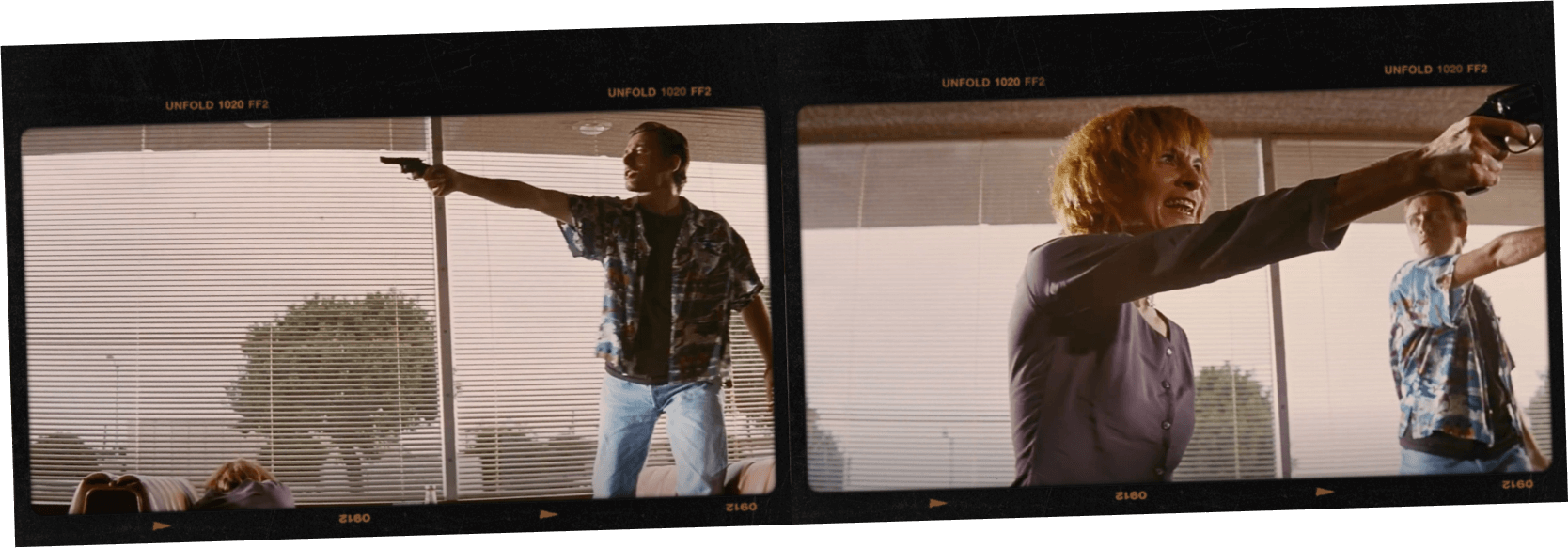

chapter iI
30
70
120
180
Tarantino mixes everyday scenes with black humor and violence
This creates a unique rhythm and style that distinguishes his films from others.
"Pulp Fiction" is a rare example of a gangster movie in which the dialogue scenes are much more convincing than the fighting ones. Jules and Vincent are much more interesting when comparing American and European McDonalds than they are killing people.


30
70
120
180


— [Jules] Royale with Cheese?
— [Vincent] They call it a Royale with Cheese.
— [Jules] What do they call it?
— [Vincent] They got the metric system. They wouldn't know what the f*ck a Quarter-Pounder is.
— [Jules] They don't call it a Quarter-Pounder with Cheese?
— [Vincent] You know what they call a Quarter-Pounder with Cheese in Paris?
— [Jules] Royale with Cheese?
— [Vincent] They call it a Royale with Cheese.
— [Jules] What would the call it?
— [Vincent] They got the metric system. They wouldn’t know what the f*uck a Quarter-Pounder is.
— [Jules] They don’t call it a Quarter-Pounder with Cheese?
— [Vincent] You know what they call a Quarter-Pounder with Cheese in Paris?
30
70
120
180
Vincent Vega and Jules have a casual conversation, discussing mayonnaise, the name of burgers and drugs in Europe. Who gave foot massage to whom, and how TV series are launched on television.
These few minutes that they linger at the door do not have any fundamental significance and will not decide the fate of the guys on the other side.
They only say in a couple of words that they are going to kill a few people in cold blood, and the dilemma boils down to the fact that they had to take shotguns and not come too early.
dialogue in the car
30
70
120
180
violence as a narrative element
30
70
120
180

30
70
120
180
- Chill out man! I said it was an accident!

-Look at this f*ckin mess, Man!

— I didn't mean it. It was an accident!

-Why the F*ck did you do that?

— aww sh*t man! I shot Marvin in the face!

— aww man! What's the f*ck happin'!?
Tarantino practically makes fun of violence — this such an important element in cinema
While public condemnation of incorrect things inclines us to take crimes seriously, Tarantino shows, through the example of his heroes, how everything is relative.

As a rule, on-camera violence almost always stands out in the plot of films. Often it is the climax of individual story arcs, character lines, and directors traditionally lead us to it emotionally. This is done by building tension, using music, dialogue and visual storytelling, down to working with the colours and lighting.
While other directors still avoid unnecessary violence in the frame, "Pulp Fiction" does not just do the opposite, but uses violence in the frame as part of the narrative and an integral element in revealing its characters. Moreover, these very scenes are most often the result of random spontaneous events.




30
70
120
180
chapter iiI
30
70
120
180
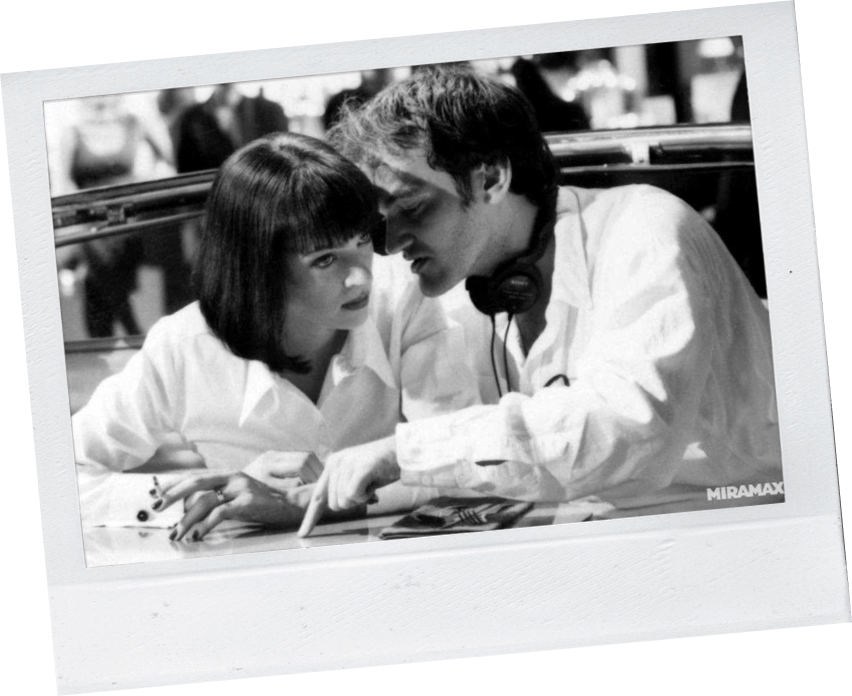
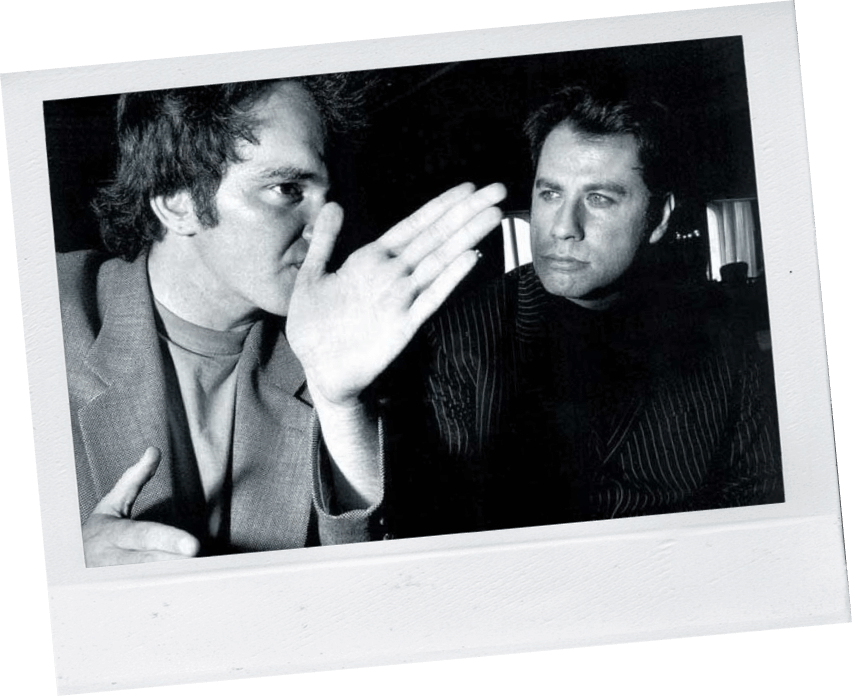
In an interview, Tarantino once said:
My head is a sponge. I listen to what everyone is saying, I observe behavior, people tell me jokes, and I remember them. People tell me an interesting story from their lives, and I remember it. When I go and write my new characters, my pen is like an antenna, it receives this information, and all of a sudden these characters come out more or less fully formed. I don’t write their dialogues, I make them talk to each other.
"
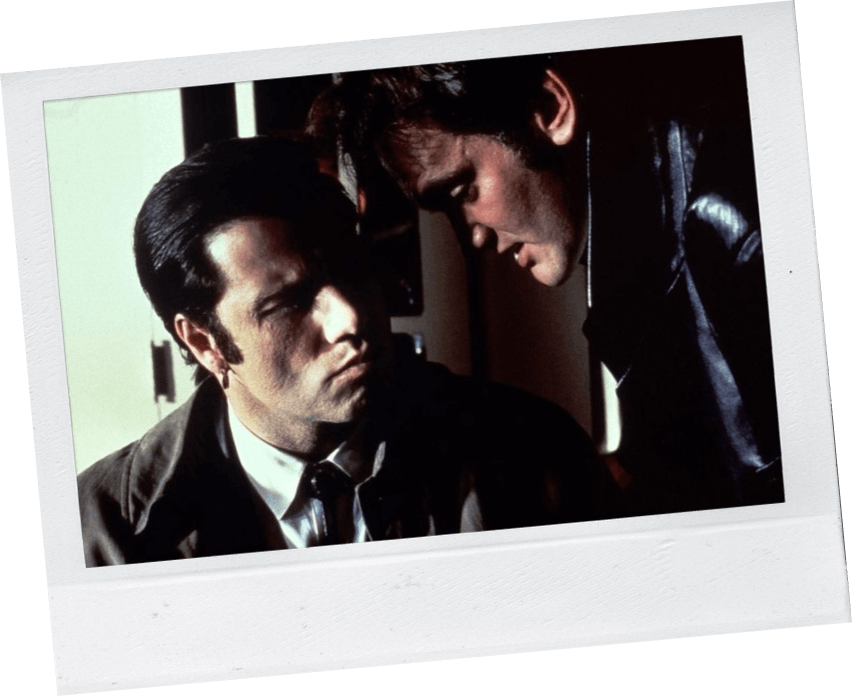
30
70
120
180
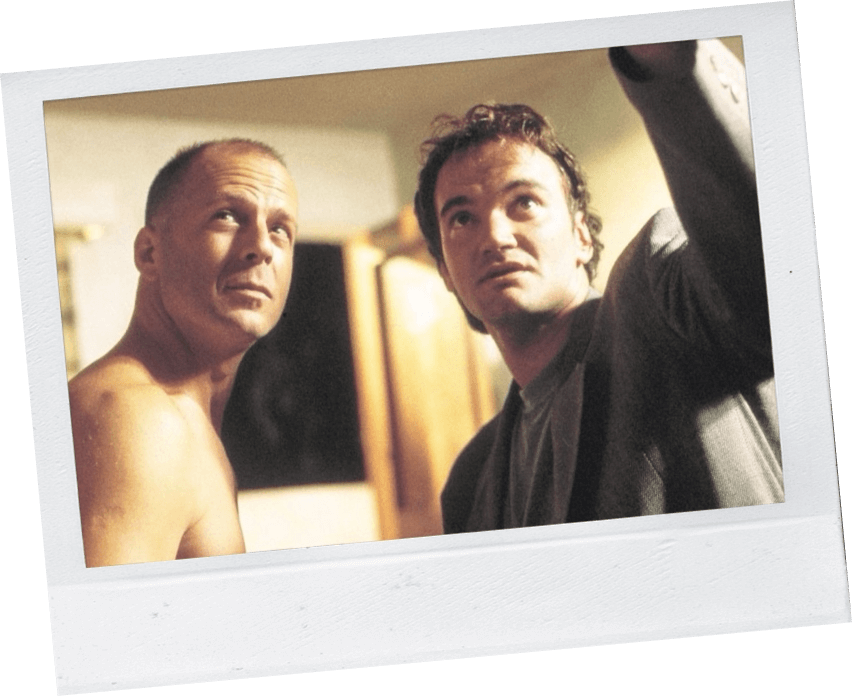
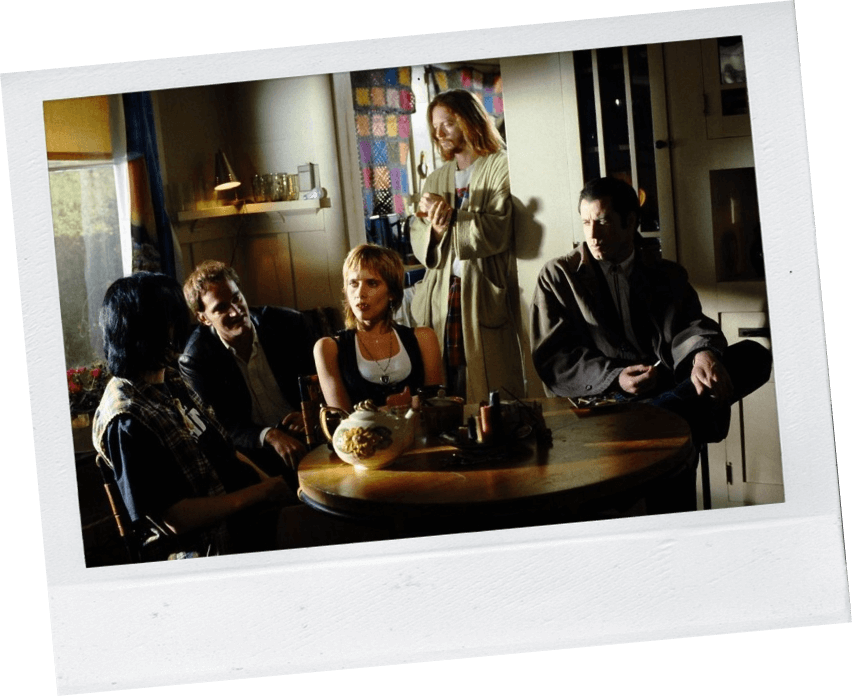
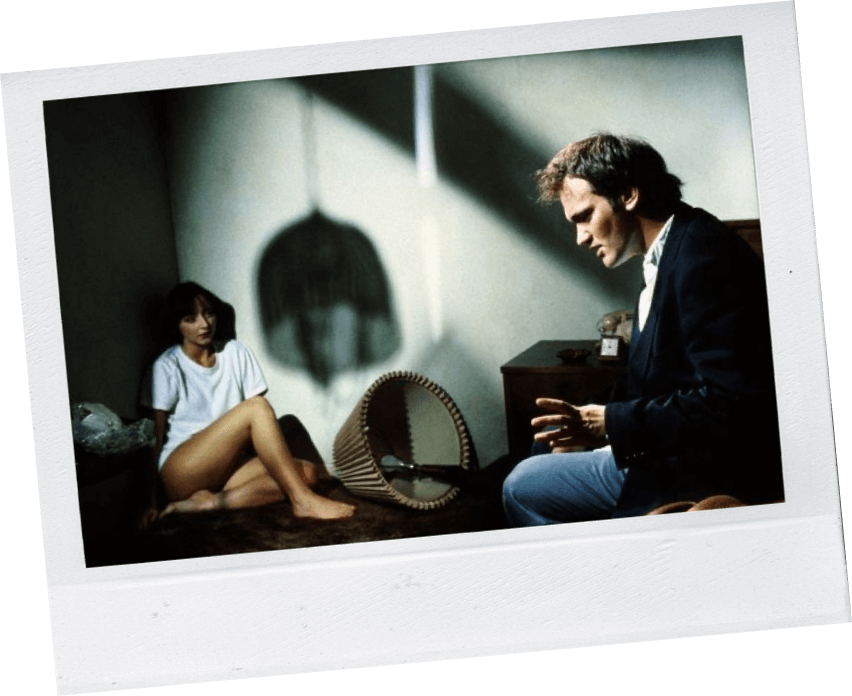
vincent vega
character
gangster, drug addict, Jules' partner
gangster, drug addict, Jules' partner
john travolta
Calm and rational under the influence of heroin, Vincent lives by his own rules of honor. At first glance, he may seem like an unpleasant type, but through dialogues we begin to understand him better. When he accidentally knocks Marvin’s brains out in the car, he seems like a lost child. Offended and embarrassed, when someone raises their voice at him, he becomes vulnerable. He dances an iconic dance and wonders why a simple milkshake costs as much as $ 5.
fun fact
Every time Vincent goes to the toilet, trouble happens: Mia's overdose, a robbery at the diner, and his death at the hands of Butch.
30
70
120
180
character
gangster, Vince's partner, a Bible scholar
gangster, Vince's partner, a Bible scholar
samuel l jackson
Jules, as well as Vincent Vega is a cold-blooded killer who earns money for a living by following orders from his boss. He doesn’t ask himself if a person deserves to die. He is worried about the cleanliness of the towels in the bathtub, but is completely indifferent to the death of a young guy Marvin. He quotes the Bible, but for a long time he does not even think about the meaning of the words he utters.
fun fact
The passage from the Bible that Jules reads before the murder is not taken from the Bible, but from the 1976 Japanese martial arts film "The Bodyguard". There is a pseudo-biblical quote in the opening credits, symbolizing the rage of the main character and his desire for justice.
30
70
120
180
Character
wife of crime boss
wife of crime boss
uma thurman
Mia Wallace is the wife of crime boss Marcellus Wallace; Before her marriage, she was an aspiring actress, but the Fox Force Five series with her participation was not approved after filming the pilot episode. Leaving the city for a while, Marcellas instructed Vincent Vega to spend the evening with Mia so that she could have fun. Mia and Vincent participate in a dance competition, and then come to their home with the winners trophy.
fun fact
There is a version that Mia and Vincent didn’t win the competition and stole the trophy. This is mentioned in the news radio on the background in the episode when Butch the boxer returns home for the watch.
30
70
120
180
character
Professional boxer
Professional boxer
bruce willis
Butch Coolidge is a professional boxer who breaks his agreement with crime boss Marcellus Wallace by winning a fixed fight and trying to escape with the money. He shows determination and steadfastness, ready to fight for his freedom at any cost. Despite his criminal tendencies, Butch demonstrates a sense of honor and justice, saving Marcellus from rapists and risking his own life.
fun fact
In an interview, Quentin Tarantino hinted that it was Butch who scratched Vincent’s car.
30
70
120
180
discover several no less iconic characters
раскрыть персонажей
30
70
120
180
Marcellas Wallace
Jimmy
Whiston Wolf
Character
crime boss
crime boss
Ving Rhames
Marcellus Wallace is a powerful and brutal crime boss, married to Mia Wallace. He is always dressed in expensive suits, which emphasizes his status and power. Wallace is a tough and ruthless leader whose orders are followed without question, but he also cares for his subordinates when necessary.
Character
Friend of Jules
Friend of Jules
Quentin Tarantino
A friend of Jules, to whom Jules and Vincent drive a car stained with Marvin’s blood into the garage. The problem is compounded by the fact that Jimmy’s wife, Bonnie, who works as a nurse, is due to come home from night duty soon, and, according to Jimmy, if she sees Marvin in the garage of her house, she will file for divorce.
Character
problem solver
problem solver
Harvey Keitel
Winston Wolf is a professional problem solver. He is a calm and methodical middle-aged man with neatly combed gray hair, always dressed in an elegant suit. He confidently and effectively helps the main characters get rid of the traces of the crime, acting quickly and clearly.
30
70
120
180
Each of the characters is a tiny detail in a large chain of criminal intrigue, but it is their life stories and interactions that make the film a true masterpiece.
30
70
120
180
chapter iv
30
70
120
180
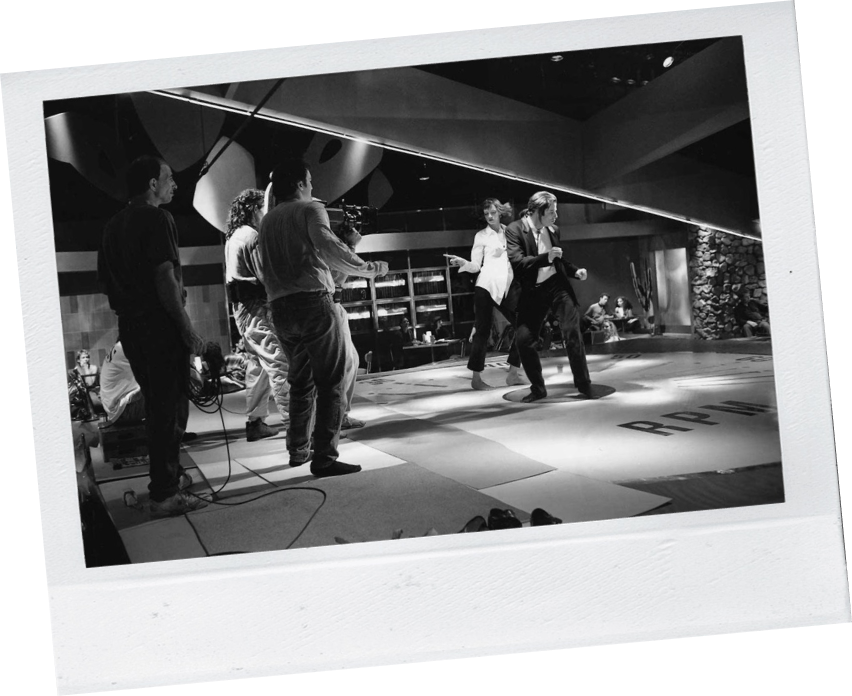
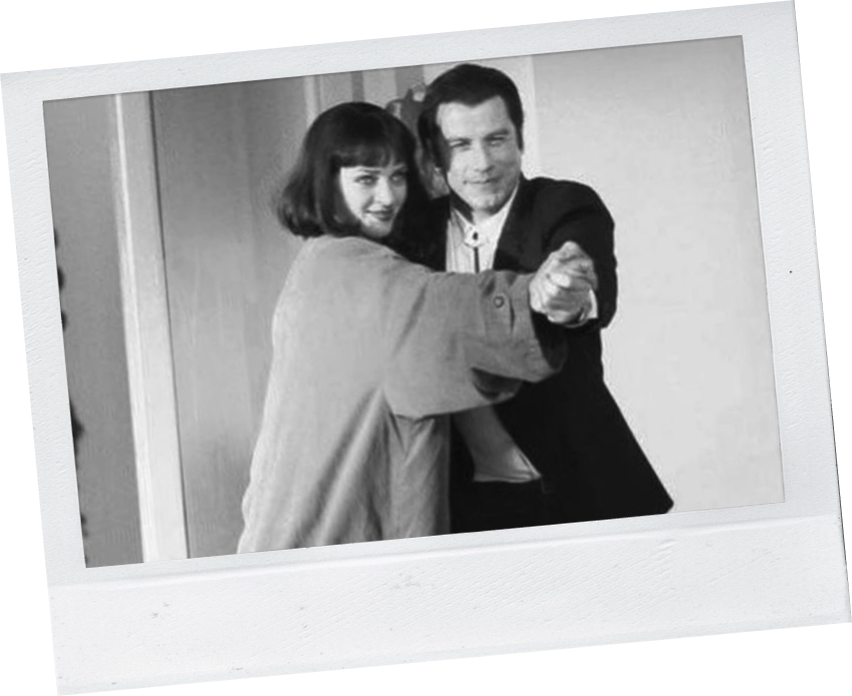
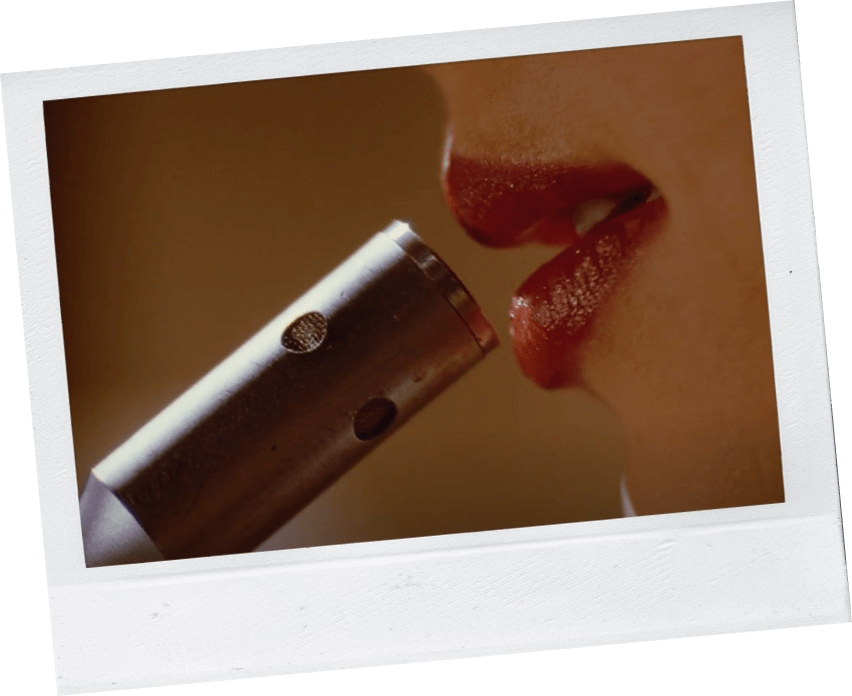
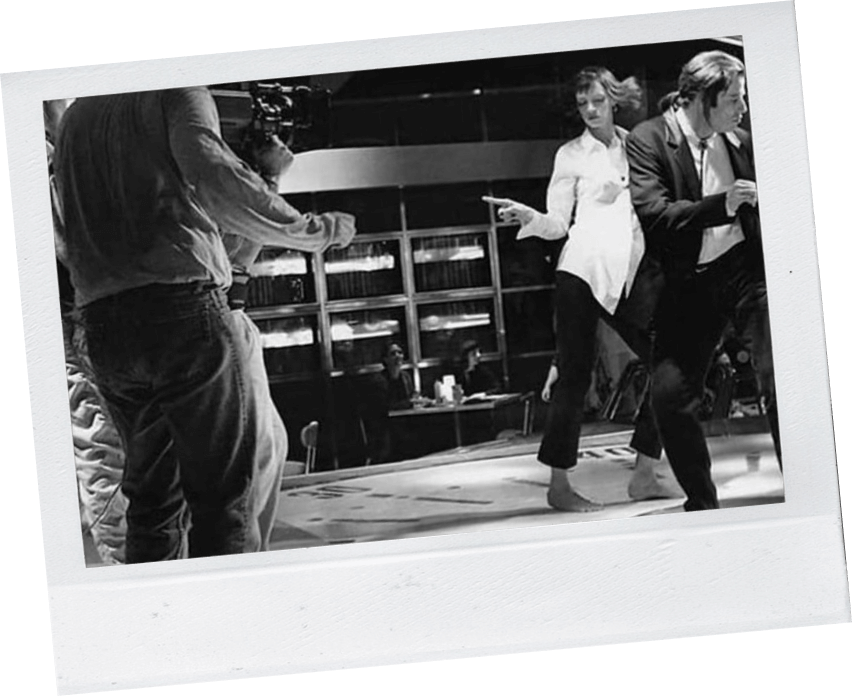
I steal everything. Great artists steal, they don't pay tribute.
"
Tarantino literally has tons of pop culture references in every scene, often in the background or in random bits of dialogue.
30
70
120
180
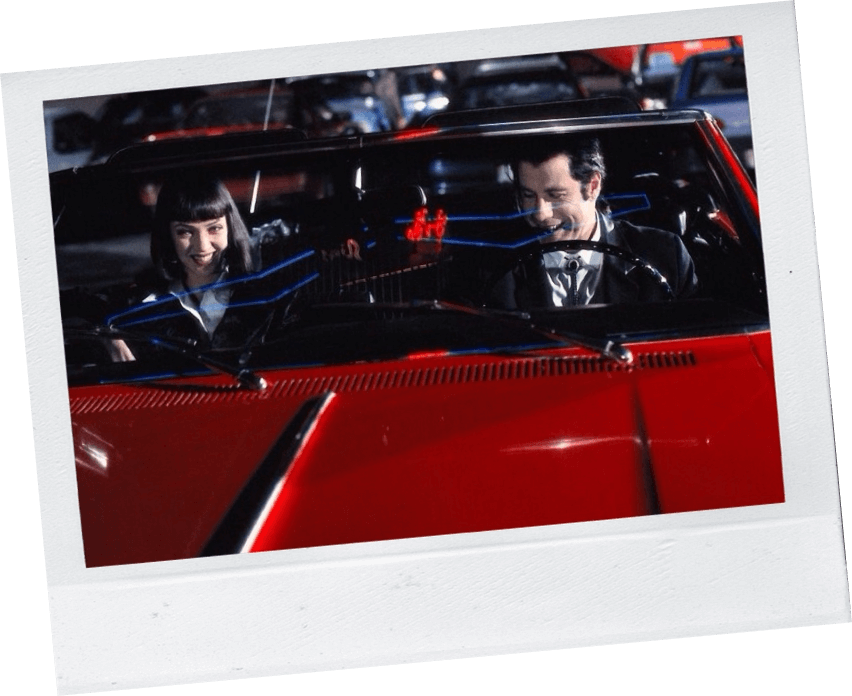
30
70
120
180
film title
REFERENCE №1
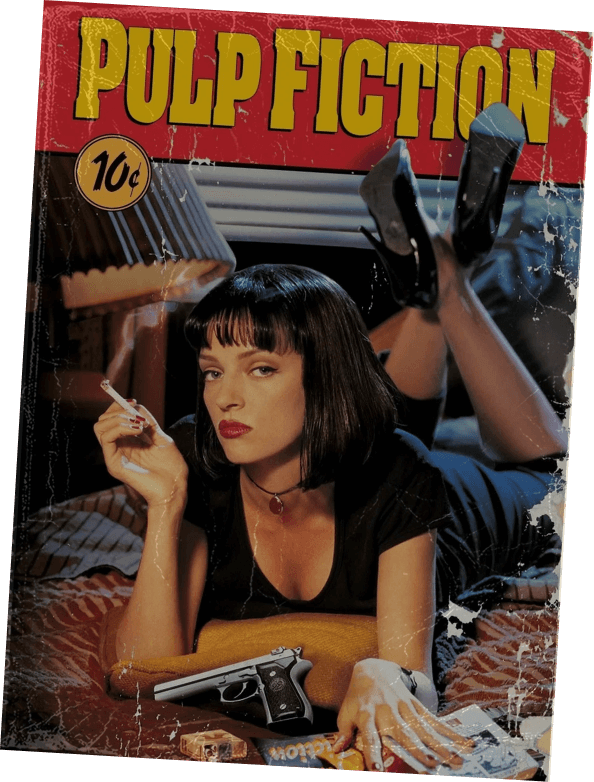
The title of the film "Pulp Fiction" refers to the popular pulp literature magazines that were popular in the mid-20th century.
Pulp magazines offered low-quality but exciting stories in the crime, adventure, and fantasy genres. Published from 1896 to 1950, they were cheap entertainment for working class America.
Printed on low-quality paper and sold at an affordable price, they usually contained scandalous stories filled with violence.
The covers of these publications were colorful and detailed. The cover for "Pulp Fiction" was made in this style.
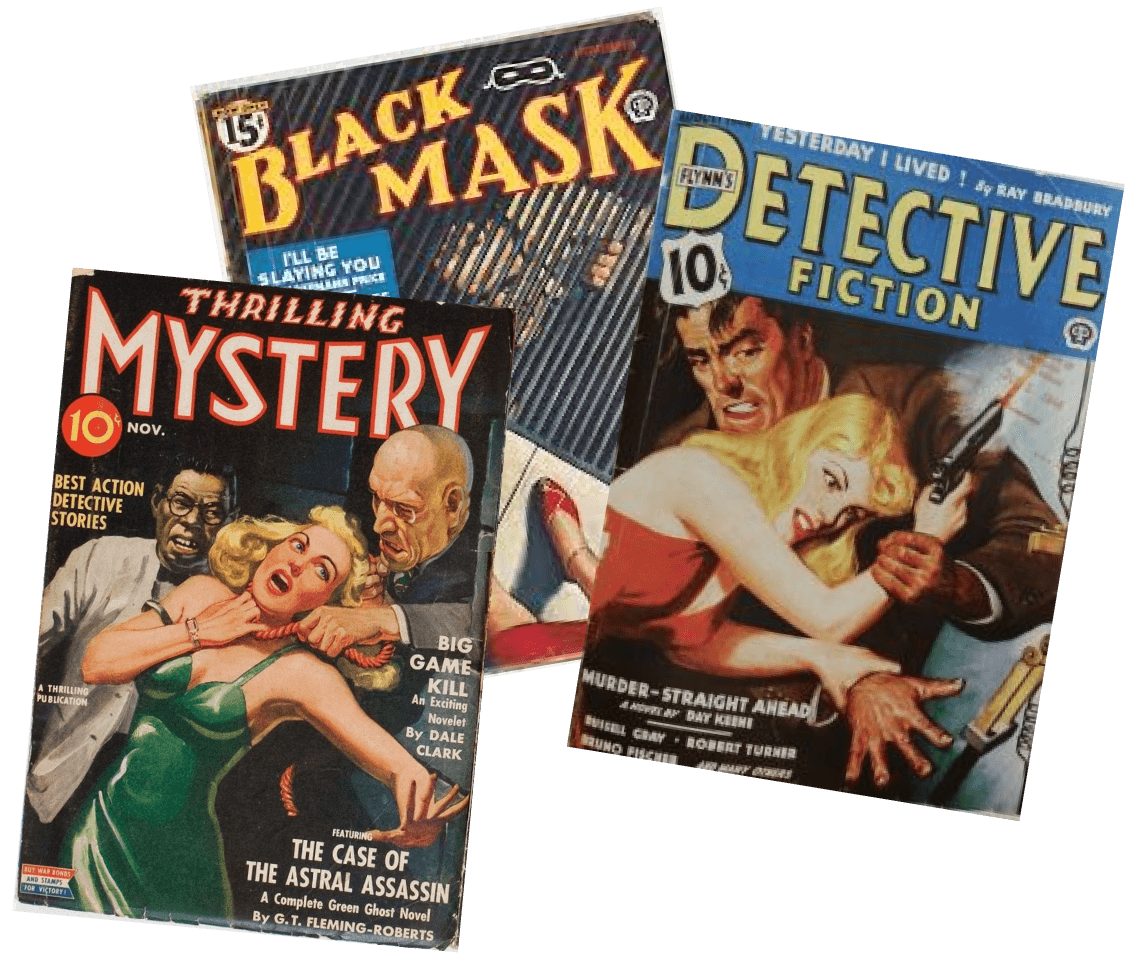

The title of the film (more precisely, its font part) is copied from the little-known film "Police Woman" from 1974.
DINER from the 50s
REFERENCE №2
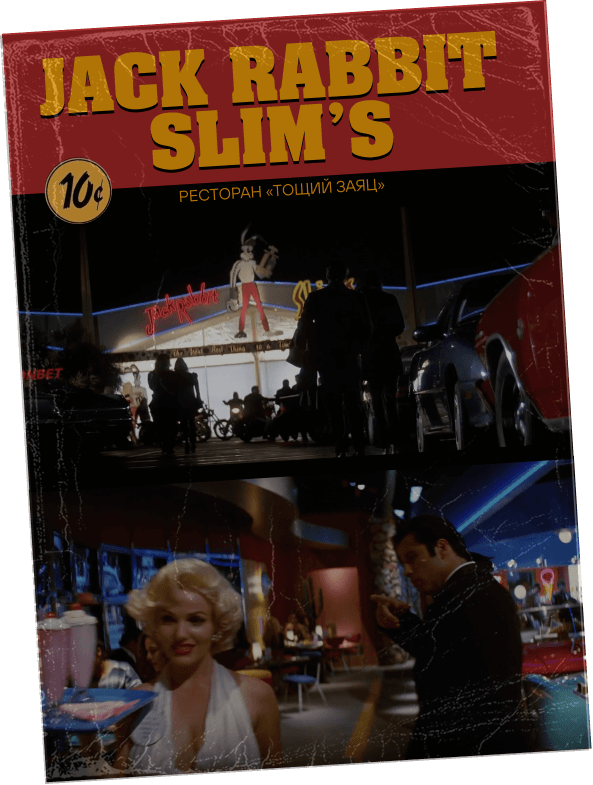
A themed restaurant based in the 50s style.
Named after the album by singer Steve Forbert, although it was not recorded in the 1950s.
All the staff are dressed in celebrity costumes from the 50s.
30
70
120
180
Milkshakes are referring to Amos&Andy and Martin&Lewis, two of the famous Comedy Duo. The first are black and the second are white characters.

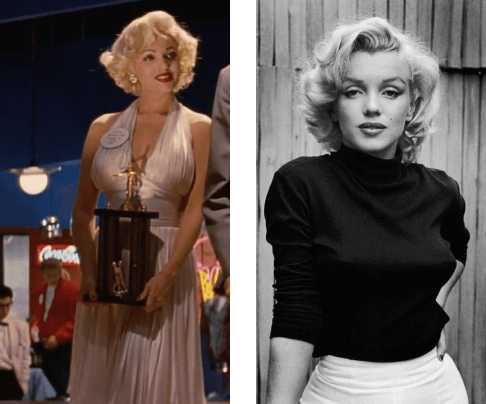
Amos and Andy
Marilyn Monroe

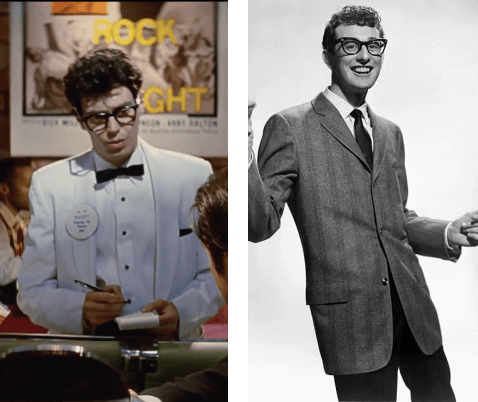
Ricky Nelson
Buddy Holly
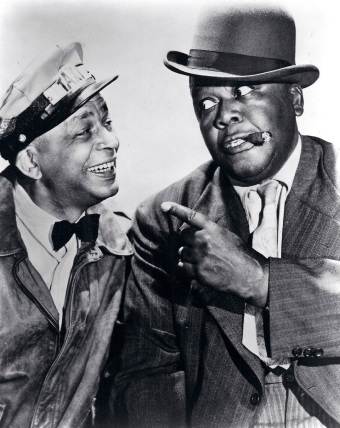

Martin and Lewis

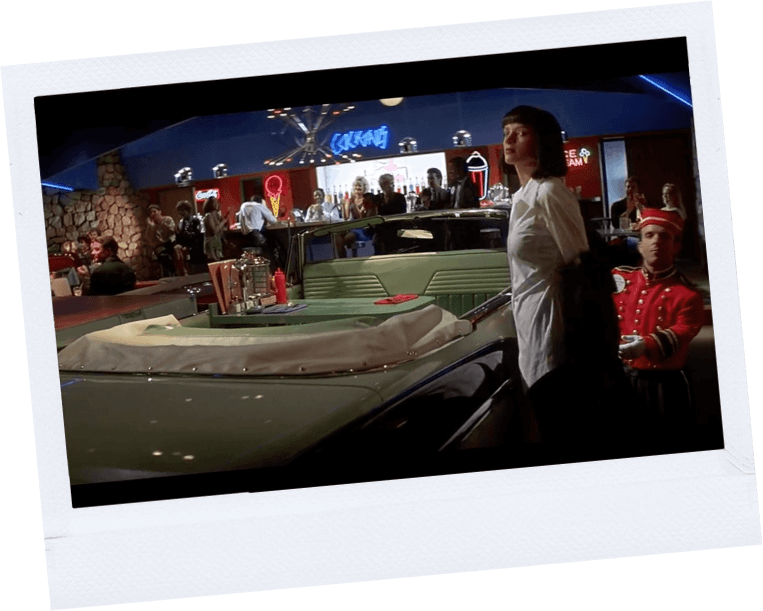
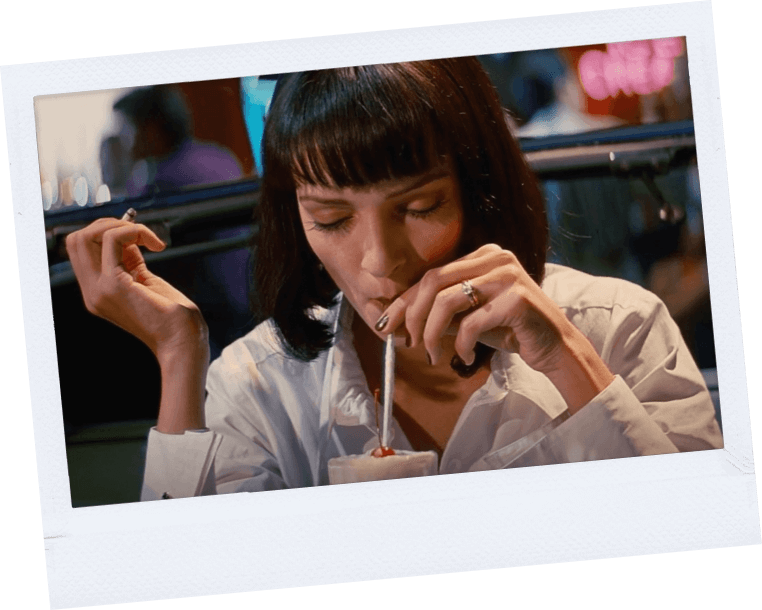
Tarantino's previous film "Reservoir Dogs"
REFERENCE №3
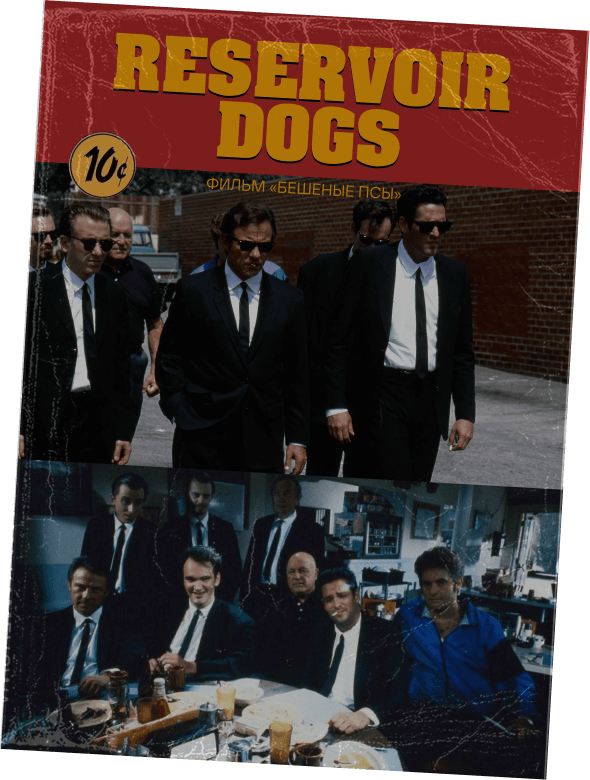
The connection of Quentin Tarantino’s films has long ceased to surprise viewers.
The director deliberately tries to link his films into a single universe, mentioning the characters, hinting at third-party plots and demonstrating the relations between the characters.
Vincent Vega and Vic Vega (Mr. Blonde from Reservoir Dogs) are not only namesakes, but siblings. For several years Tarantino had been nurturing the idea of making a film about the two Vega brothers, the events of which, for obvious reasons (they were both killed), preceded both Reservoir Dogs and Pulp Fiction.
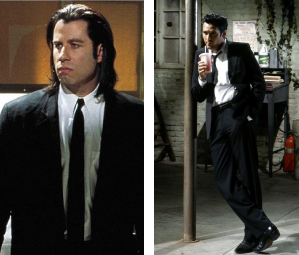
30
70
120
180
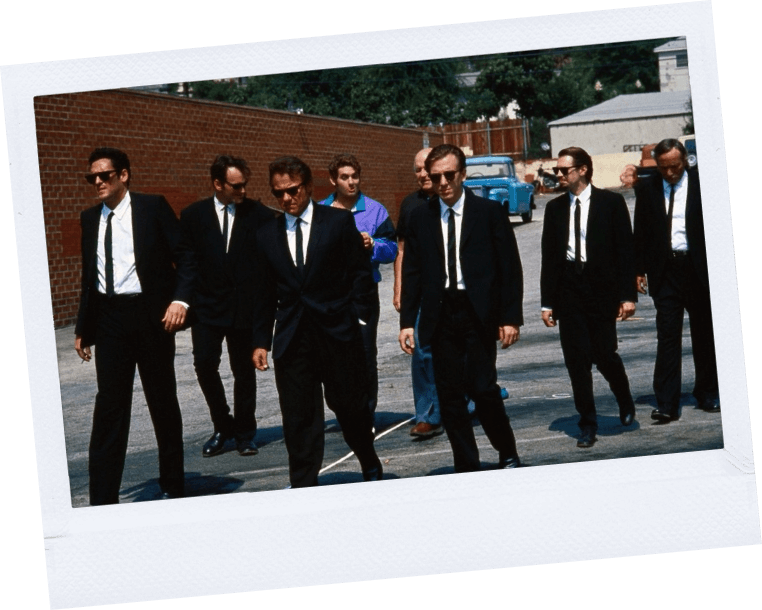
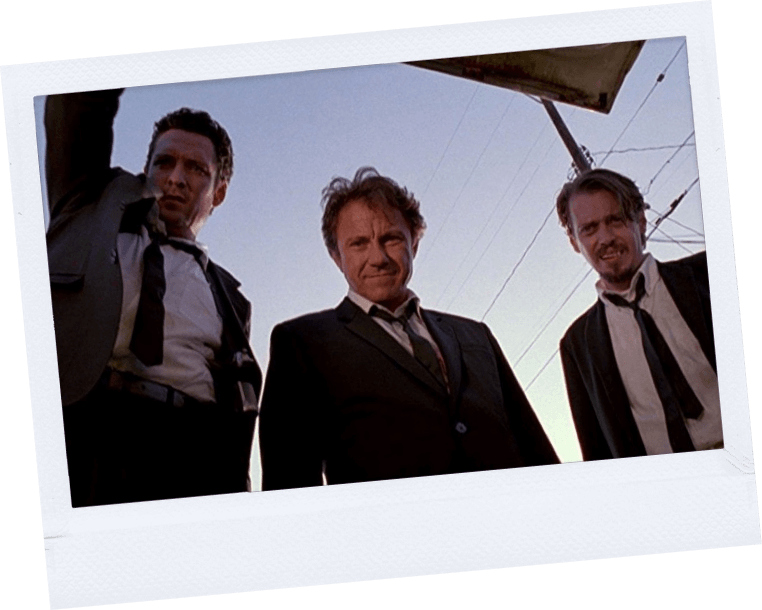
Here’s a lesser-known connection —two more brothers connecting “Pulp Fiction” and “Reservoir Dogs.” Mr. White reveals his real name Lawrence "Larry" Dimmick. Jimmy Dimmick is Tarantino's character whom Vincent and Jules arrive in their brain-drenched car in search of hiding out.
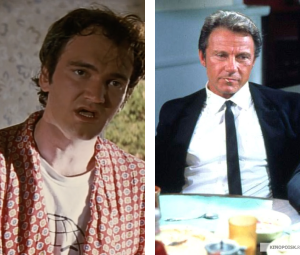
Jimmy and Mister White
Vincent Vega and Vic Vega
Steve Buscemi makes a small cameo as a waiter at Jack Rabbit Slim's. And it’s worth noting that in “Reservoir Dogs” his character, Mr. Pink, talks at length about the work of waitresses and remembers that he himself worked for minimum wage.

Steve Buscemi cameo
The most famous MacGuffin in the cinema is Marcellus Wallace's suitcase, which Vincent and Jules take from Brett and his companions due to their violation of an agreement. One of the common assumptions is that the suitcase contained diamonds from “Reservoir Dogs”.
MacGuffin
other movies
REFERENCE №4
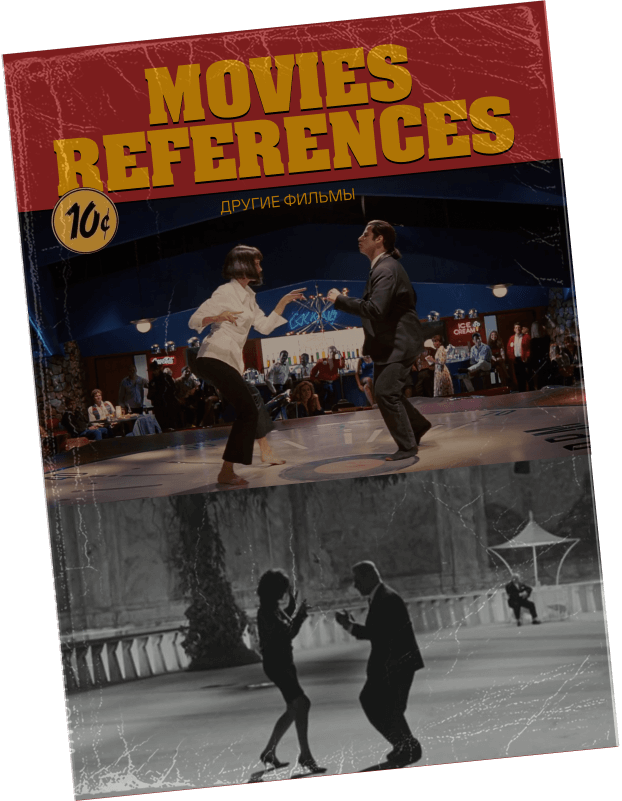
Tarantino takes inspiration from the films of other directors, creating his own unique style.
It’s no secret that Tarantino is fond of film directors such as Martin Scorsese, Alfred Hitchcock or Federico Fellini.
Vincent and Mia's dance is copied from Federico Fellini's film 81/2 (1963).
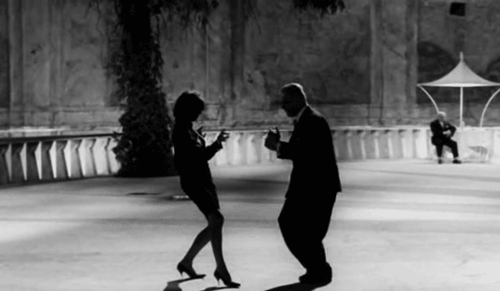
30
70
120
180
film "8½"
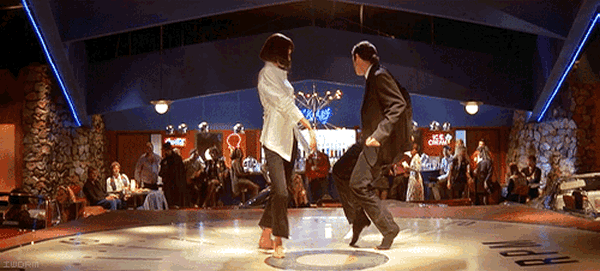
The scene with Butch in the taxi is reminiscent of the passenger's monologue from the film Taxi Driver by Martin Scorsese.
film "Taxi Driver"
The opening scene in Pulp Fiction is similar to the restaurant scene in Arthur Penn's Bonnie and Clyde (1967).
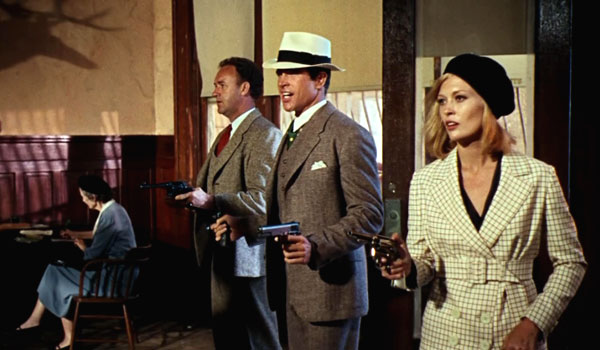
film "Bonnie and Clyde"
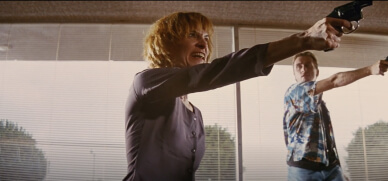
When Vincent Vega and Mia Wallace arrive at the restaurant, Mia tells him the phrase "Don't be like that…" and draws a rectangle with her fingers. By this she hints at the stable expression "Don't be a square". And specifically, Tarantino borrowed the technique of visualizing a dotted rectangle from The Flintstones.
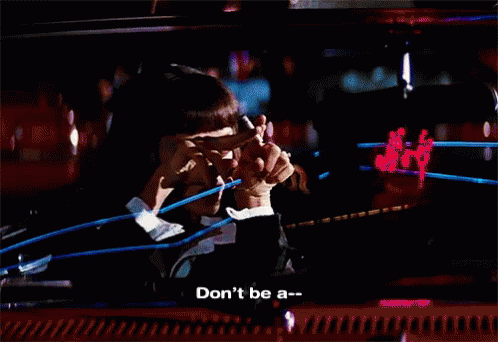
animated series "The Flintstones"
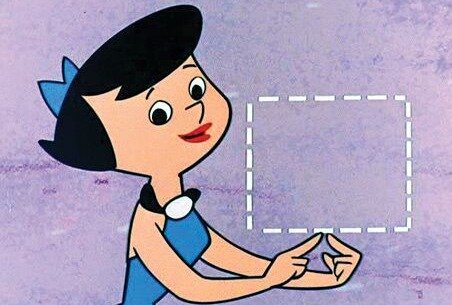
The plot, when a girl dying from a heroin overdose is saved by an injection of adrenaline in her heart, was taken from the documentary “American Boy”. The documentary was directed by Martin Scorsese.
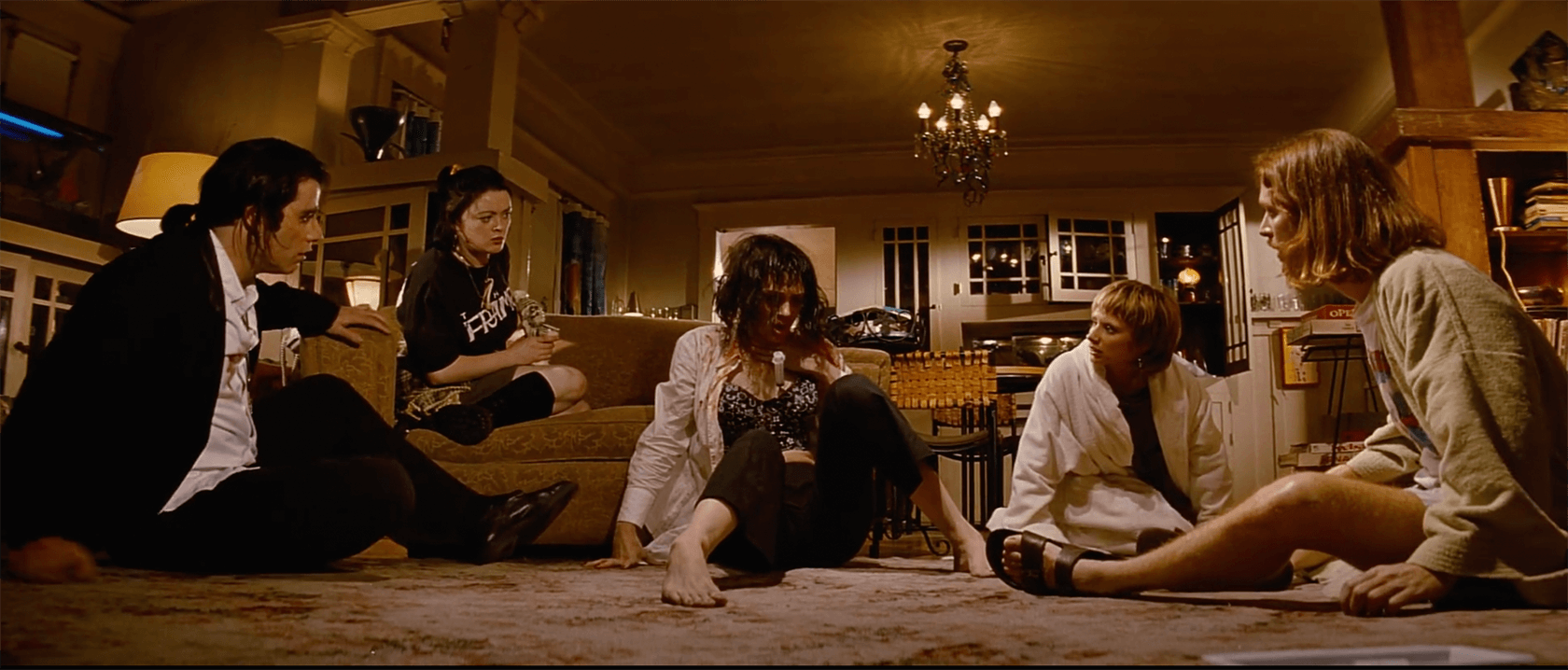
film "American Boy"
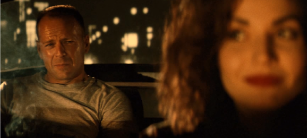
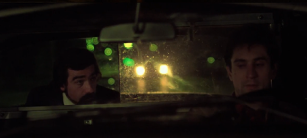
Tarantino is unique in that, despite the fact that all his films are woven from pieces of other cult works, they are not just copies, but, on the contrary, become iconic as an absolutely independent work.
30
70
120
180
chapter v
30
70
120
180
Tarantino has always been a fan of rather old pop and rock music, and even preferred to extract something special and pretty much forgotten from his music buffers.
He fundamentally did not want to use too well-known and promoted hits in the soundtrack — especially those that had already been heard in cult films.

As a result , the Pulp Fiction soundtrack essentially rediscovered many old hits for a mass audience. First of all, this concerns surf rock, a musical style that originated on the California coast and had enormous popularity in the first half of the 1960s.
30
70
120
180
surf rock
30
70
120
180
Surf compositions made up almost a third of the entire soundtrack of “Pulp Fiction”, so after the resounding success of the film, interest in this style flared up with renewed vigor.
“Bullwinkle Part II” became one of the most memorable compositions of “Pulp Fiction”. All these alarming rumbles of the guitar and the gloomy saxophone solo are now firmly associated with the scene where Vincent is driving a car with a face simply radiating euphoria.
«Bullwinkle Part II»
«Bustin’ Surfboards»
«Surf Rider»

«Flowers on The Wall»
Inspired, Butch drives a car and happily sings along to the radio. From the radio comes the country song "Flowers on The Wall" from the quartet The STATLER BROTHERS.
30
70
120
180
The line about “kangaroo” found its visual embodiment in the film in the form of a porcelain figurine of kangaroo on which Butch left his gold watch.
Despite the high spirits of Bruce Willis's character, the content of the song is not at all cheerful. It was the confession of a man whose wife abandoned him, because of which he completely lost the will to live. The hero of the song spends days on end in his room counting the “flowers on the wall”, watching the children’s show “Captain Kangaroo” on TV and unsuccessfully trying to play solitaire from a deck where one card is missing.
«Flowers on The Wall»


«You Never Can Tell»
"You Never Can Tell" was released as a single in 1964 and did not sound too typical for Chuck Berry — instead of a guitar, the piano dominated here.
30
70
120
180
Uma Thurman was very nervous about this scene. After all, she knew that her partner was very experienced in dancing (just remember Travolta’s films like “Saturday Night Fever” and Grease”) and was afraid to lose face in front of him. In the end, Tarantino calmed Uma down, saying that he needed the characters not to perform choreographic movements, but to look like ordinary people who "rocking out" to the jukebox. "So I don't need to know how to dance?" Thurman asked. "No," Tarantino replied. "You just need to have fun."
Uma Thurman
"John was an expert and knew all the dances of the 60s. We started with a twist, and then I just added other dance moves to it."
"John was an expert and knew all the dances of the 60s. We started with a twist, and then I just added other dance moves to it."
«You Never Can Tell»
«Son Of A Preacher Man»
«Girl, You’ll Be a Woman Soon»
«Girl, You’ll Be a Woman Soon»
30
70
120
180
The song “Son Of A Preacher Man” from 1968— performed by British singer Dusty Springfield. The text was a girl’s story about her love for the preacher’s son, whose father often came to visit. While the adults were talking, the youth ran into the backyard, and there the young man taught the girl the sacrament of love.
Listening to the song “Girl, You’ll Be a Woman Soon,” the viewer already suspects that Mia is attracted to Vincent.
«Girl, You’ll Be a Woman Soon»
«Son Of A Preacher Man»


Music in Tarantino’s films serves, first of all, to create the right mood, and, ideally, to generally merge with the scene in an inextricable unity.
Tarantino insisted that he did not like it when the songs served only as markers of the era displayed in the film. Like, if we have the 60s, then we shove as many high-profile hits of the 60s into the movie as possible. The director was not attached to the era.
30
70
120
180
Chapter vi
30
70
120
180
The genre of Tarantino’s film is purely original and is subject only to himself.

The problem that followers of director Tarantino face is that they often focus solely on the superficial aspects of his style, such as bloody violence, pop culture dialogue, and a rock 'n' roll soundtrack. While these elements are indeed characteristic of his films, they are only superficial features and do not reflect the essence of his cinematic approach.
Time flows in them completely differently than in real life—it is blurry, intermittent, and sometimes seems to stop for a moment to emphasize the emotional intensity of the scene. This creates a special cinematic space where reality mixes with fantasy, and the viewer plunges into a world full of unexpected plot twists and eccentric characters.
In a sense, Tarantino's films express the utopian nature of cinema better than others.
Thus, Tarantino's style is not just a set of external techniques, but a deep exploration of the nature of cinema and its possibilities. This is a special kind of art that emphasizes the importance of a non-standard view of the world and is capable of upending the usual cinematic conventions.
30
70
120
180
— Doesn’t it bother you that you haven’t made anything better than “Pulp Fiction”?
— and who has?
Design and layout
30
70
120
180
The project is non-profit, carried out as part of the mentorship of Sasha Vasilyev
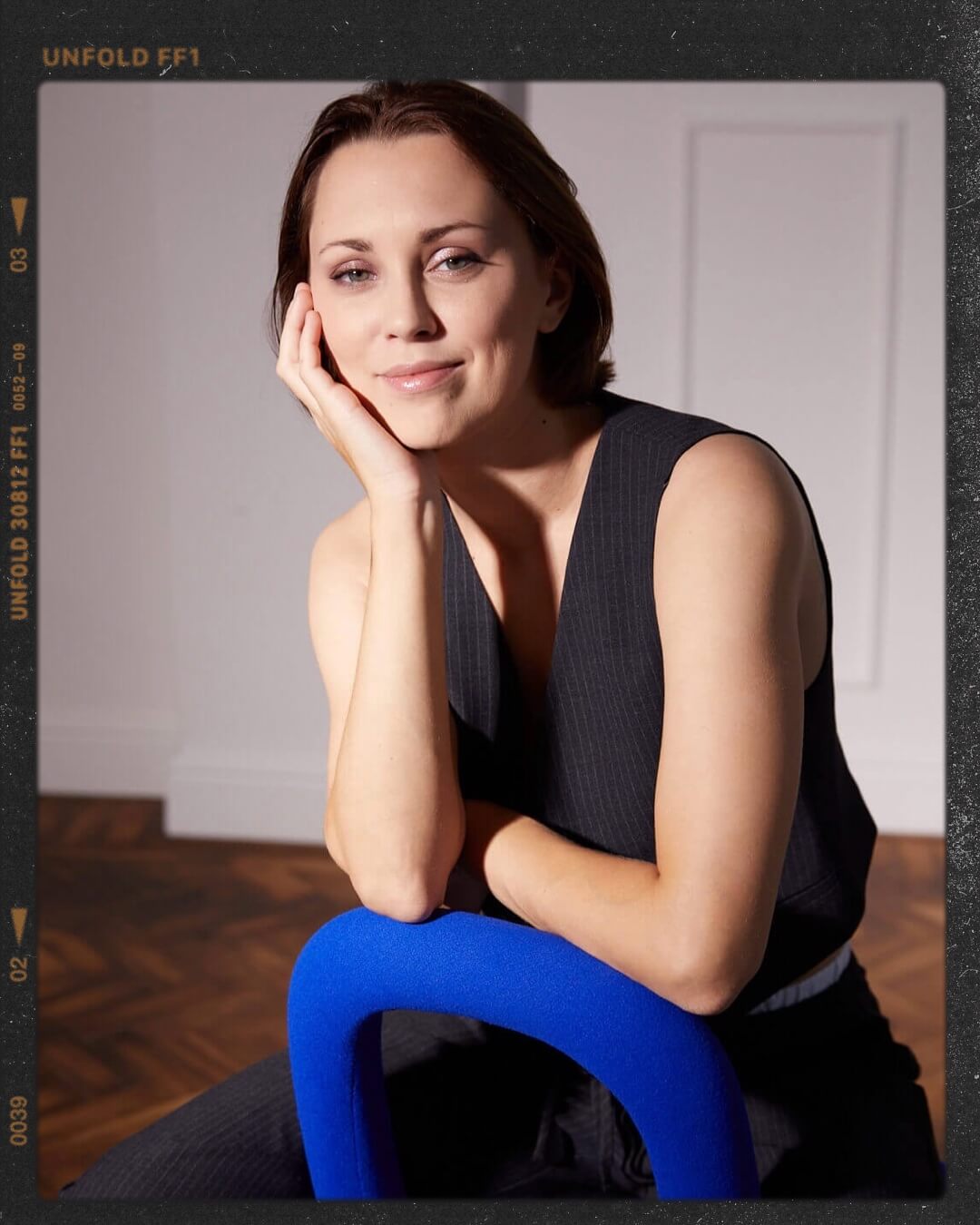
*belongs to Meta, which is prohibited on the territory of the Russian Federation















